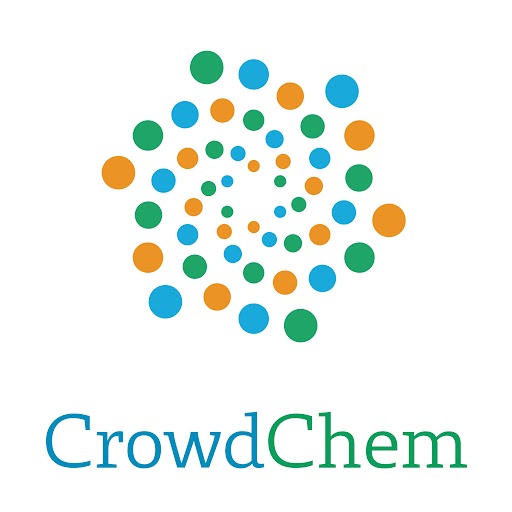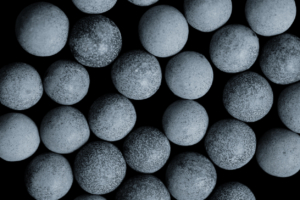Isocyanates are a class of molecules that have the functional group, -N=C=O (isocyanate group).
In this article, we will introduce the properties, applications, structure, manufacturing methods, reaction mechanisms, and manufacturers of isocyanates.
What are Isocyanates?
Isocyanates are a class of compounds that contain the -N=C=O group within their molecules.
When the carbon (C) between the nitrogen (N) and oxygen (O) bonds with the hydroxyl group (-OH) of alcohols, it forms polyurethane. In 1849, Charles Adolphe Wurtz, a French chemist, discovered how to synthesize isocyanates—he did this by alkylating calcium cyanate with organic sulfuric acid esters. Isocyanates laid the foundation for the synthesis of polyurethanes (PUs) due to the carbamate (urethane) linkage; represented by the structure, >N−C(=O)−O−. Notably, isocyanates do not exist in nature.
Reference: ‘Polymer Chemistry Technology in Japan, Revised Edition,’ The Society of Polymer Science, Japan (2005)
Properties of Isocyanates
Urethane resin raw materials are categorized into two types: aromatic and aliphatic.
The table below summarizes the properties of representative aromatic isocyanates, toluene diisocyanate (TDI) and diphenylmethane diisocyanate (MDI).
TDI has lower melting and boiling points, and is more toxic to humans compared to MDI. Recently, there has been a movement urging for TDI to be replaced with MDI to avoid this toxicity.
Additionally, hexamethylene diisocyanate (HMDI) is an example of an aliphatic isocyanate (see table for properties). Urethane resins using HMDI have the advantage of superior weather resistance compared to those using TDI or MDI.
However, due to the relatively low reactivity of the isocyanate group, they have the drawback of being somewhat less workable.
| Property | TDI | MDI | HMDI |
| Physical State, Form, Color | Colorless to pale yellow, crystal to liquid | White to pale yellow, solid | Colorless liquid |
| Odor | Pungent odor | Odorless | Pungent odor |
| Melting/Freezing Point | 11-14℃ | 37℃ | -67℃ |
| Boiling Point, Initial Boiling Point and Boiling Range | 120℃ | 314℃ | 213℃ |
| Flash Point | 127℃ | 196℃ | 130℃ |
| Vapor Density (Air = 1) | 6.00 (calculated value) | 8.6 | No information |
| Specific Gravity | 1.22 (25℃/15℃) | 1.2 | 1.05 |
| Autoignition Temperature | 620℃ | 240℃ | 454℃ |
Ministry of Health, Labour and Welfare, Workplace Safety Site: MDI (Methylenebis(4,1-phenylene) diisocyanate (also known as 4,4′-MDI))
Applications of Isocyanates

Isocyanates are well-known for their use as raw materials for polyurethane, but they are also used as curing agents for adhesives, paints, and as microcapsules to encapsulate fragrances in softeners and air fresheners.
Structure of Isocyanates
The chemical structures of representative isocyanates such as TDI (toluene diisocyanate), MDI (diphenylmethane diisocyanate), and HMDI (hexamethylene diisocyanate) are shown in the diagram.
TDI has a 1-methylbenzene backbone while MDI has a diphenylmethane backbone, with all three representative compounds having two isocyanate groups.
TDI:トリレジイソシアネート(1,3-Diisocyanatomethylbenzene)
MDI:ジフェニルメタンジイソシアネート(Diphenylmethane 4,4′-diisocyanate)
HMDI:ヘキサメチレンジイソシアネート(1,6-Diisocyanatohexane)
Manufacturing Methods of Isocyanate
Isocyanates are mainly produced by phosgenation. The phosgene method involves synthesizing isocyanates by reacting amines (RNH2) with phosgene (COCl2).
For example, toluene diisocyanate is produced by reacting 2,4-toluenediamine with phosgene in the liquid phase in the presence of a solvent solution (see diagram below).
Since phosgene is highly toxic, the manufacturing process usually includes a robust phosgene recovery process
Synthesis of TDI (Toluene Diisocyanate) |
Reaction Mechanisms of Isocyanates
The carbon atom (C), which is in between the nitrogen (N) and oxygen (O), is attracted by both atoms; this makes the carbon atom particularly susceptible to nucleophilic reactions from other molecules.
Source: Journal of the Adhesion Society of Japan, Vol. 54 No. 2, 2018, ‘Isocyanate Monomers and Their Applications in Adhesives and Coatings.’ |
The diagram below illustrates the reaction scheme where isocyanates react with alcohols containing hydroxyl groups (-OH) to form urethane bonds, >N−C(=O)−O−.
Demonstrating nucleophilic acyl substitution, the oxygen atom (O) of the hydroxyl group (-OH) attacks the carbon atom (C) of the isocyanate, leading to the formation of carbamate.
Source: J. W. Baker and J. B. Holdworth, J. Chem. Soc.,1947, 713 |
The main manufacturers of isocyanates from Japan
The main manufacturers of isocyanates from Japan are as follows. Various grades of products are manufactured and sold for different applications. For more details, please refer to each company’s website.
| Company Name | Main Product Names |
| Kumiai Chemical Industry Co., Ltd. | Iharaquamine, HeartDure 118 |
| Mitsui Chemicals, Inc. | Takenate® |
Conclusion
Isocyanates are a collective term for chemical substances that contain the -N=C=O group (isocyanate group) within their molecules. The carbon atom’s (C) position in between the nitrogen (N) and oxygen (O) atoms makes it susceptible to nucleophilic reactions from other molecules.
Representative aromatic isocyanates include TDI (Toluene Diisocyanate) and MDI (Diphenylmethane Diisocyanate) while a known aliphatic isocyanate is hexamethylene diisocyanate (HMDI). Isocyanates are used as raw materials for polyurethane, curing agents for adhesives, paints, and as microcapsules that encapsulate fragrances in products like softeners and air fresheners.
The CrowdChem Data Platform, publicly available from CrowdChem, provides knowledge and information in the field of chemistry, including catalog information on products categorized under isocyanates and patent information associated with these products.
Some services are available for free, so please take advantage of them. For a free trial of the “CrowdChem Data Platform,” click below.









